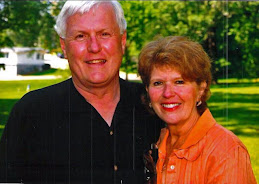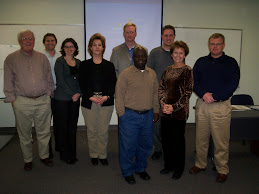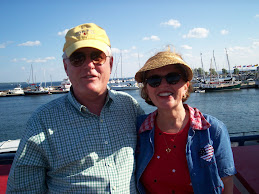Tuesday, December 17, 2013
The Future of Decision Making
What is the optimal decision making model for our time of "complexity" (Taleb, The Black Swan) and "chaotics?"
In his now-classic The Black Swan, Nassim Nicholas Taleb points out the limits to conventional data-driven computing models for decision making. Such statistical models assume we know the variables to measure. In fact, nobody really knows any longer how our systems, economic, political, social work. To say otherwise, is out of touch with the reality of systems complexity and chaotics today.
In Chaotics: The Business of Managing and Marketing in the Age of Turbulence, Philip Kotler (one of the world's leading experts on marketing, who teaches at Northwestern University) and co-author John A. Caslione (an expert international business consultant who lives in Lake Forest, Illinois) also underscore the difficulty of applying traditional models for decision making, which evolved in more stable times, in today's environments of chaos, complexity, and turbulence.
Taleb, Kotler, and Caslione restate key insights from Margaret J. Wheatley now-classic Leadership and the New Science: Learning about Organization from an Orderly University about how Quantum Physics, the scientific foundation for complexity and chaotics, in which self-organizing energy slows drive reality, not the predictable mechanics of Isaac Newton's concept of physics as a "clock" with predictable movements. Models for and concepts of decision making today need to factor the complexity, chaotics, and self-organizing turbulence of Quantum Physics. This is the emerging challenge for us today.
--------------
Taleb says we need to have reserves today to "fight or flight." Have reserves top seize unexpected opportunities, fight, and have reserves to get out of the way of unexpected dangers, the flight. In short, decisions for him are tentative, for we cannot honestly predict, forecast outcomes in the midst of ongoing chaos, complexity, and self-organizing turbulence. Have reserves to enhance flexibility.
Kotler and Caslione offer advice about how to make decisions too in our time of chaos, complexity, and self-organizing turbulence.
Wheatley in effect argues for flexible self-organization - the opposite of top-down decision making that seeks to impose order on turbulence, complexity, and chaos. Wheatley favors bottom-up decision making as various units, systems, operations adjust to emerging and sudden changes around them. In Wheatley's case, the top pays attention to feedback from the flexible self-organizing bottom, which has autonomy to adjust to changes. The bottom, of course, seeks to coordinate, align with other systems, operations as changes provide the feedback for such readjustments, which must be flexible, ongoing.
--------------
In sum, there is no one way to impose decision making. Rather, we need multiple centers of decision making that adjust to changes, incremental or seminal. These centers of decision making, of course, need to communicate with each other to maintain ongoing realignments with the ever-changing complexities, chaotics, and turbulence that provides non-stop surprises.
-------------------------------
What I have done here is move the discussion to the level of overall theory and away from politics, business, education, etc. The theories, concepts of complexity, chaotics, and self-organizing turbulence ought to guide how we do and do not make decisions. The above authors argue for constant vigilance, analysis of feedback, open communication up and down in operations and between systems, and flexibility and reserves to fight or flight.
In short, we must be like the tree in the spring, green and flexible, not like the tree in the fall, hard and stiff. The tree example comes from Chinese Taoism. I believe it sums up the above theorists - and provides a natural, not mechanical, way to perceive decision making.
---------------------------------
Subscribe to:
Post Comments (Atom)









No comments:
Post a Comment